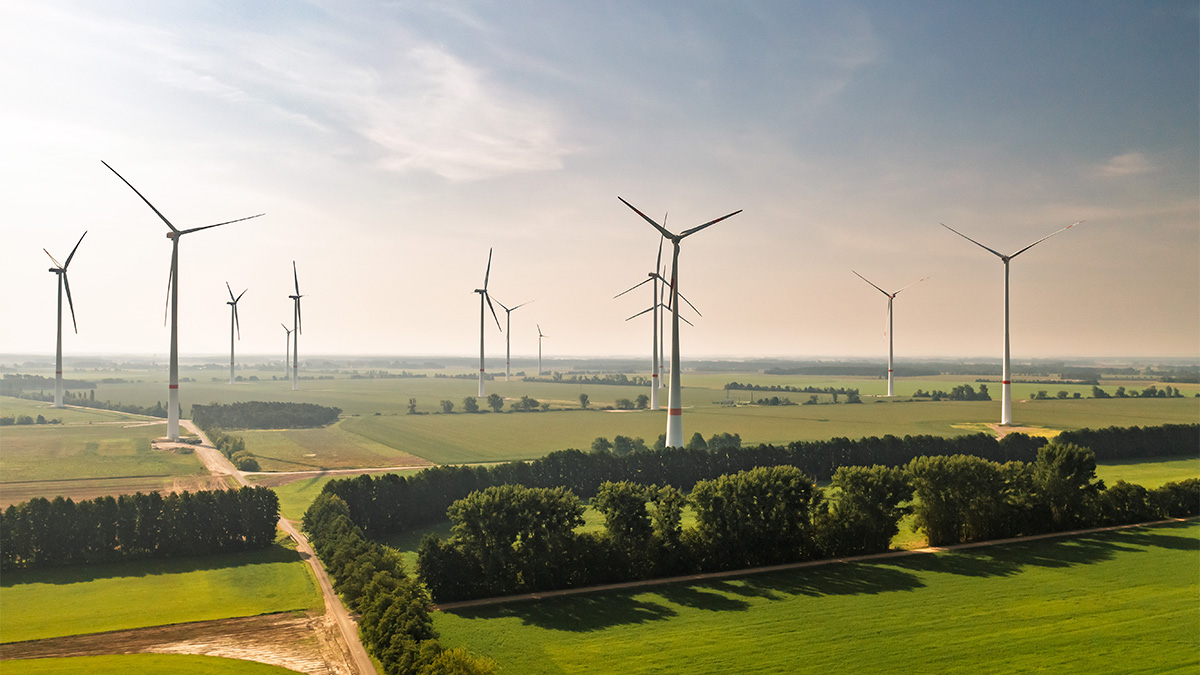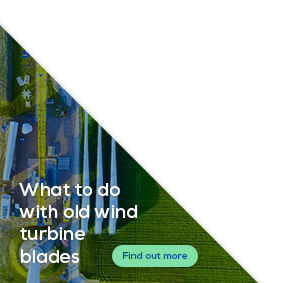News
European Governments must get their act together on wind energy

© VSB Group
3 September 2025
WindEurope released the latest wind energy data today. It shows Europe built 6.8 GW of new wind in the first half of 2025. That’s less than expected and not nearly enough to deliver the EU’s 2030 energy security and climate targets. Except for Germany, most countries in Europe are not doing enough to build more wind. That’s bad news for Europe’s economic competitiveness.
Europe built 6.8 GW of new wind power capacity in the first half of 2025. 5.3 GW of this was in the EU. 89% of it was onshore wind. Europe now has a total of 291 GW of wind power: 254 GW on land and 37 GW at sea.
Germany surges – the rest of Europe stagnates
Germany is building the most new wind. They’re set to build 5 GW of onshore wind this year, nearly 3 times more than they’ve been building over the last 5 years.
It’s in large part because Germany was the first country to rigorously implement the excellent new EU permitting rules. As a result, they permitted a record 15 GW of new onshore wind farms in 2024 and are on track to beat that in 2025, with 8 GW of onshore wind permits granted in the first half of 2025. On average German authorities now grant permits within 18 months – within the deadlines in the Renewable Energy Directive (REDIII).
But most of the rest of Europe is doing less well on permitting. None of the other 26 EU countries permits new wind farms within the REDIII deadline of 24 months. In many countries permitting is actually getting worse. And by introducing so-called renewables acceleration areas several countries are creating more confusion than simplification.
Aside from insufficient permitting, the slow expansion of Europe’s electricity grids, stagnating efforts to electrify Europe’s economy and suboptimal auction design remain key pain points.
“Governments must get their act together on wind energy. Wind is competitive – it brings down electricity costs for citizens and businesses. Wind is secure – home-grown wind turbines reduce costly and dangerous dependencies on fossil fuel imports. And wind is good for the economy – it creates jobs and tax income. Around 400,000 people in Europe work in wind already, and each new wind turbine contributes €16m to Europe’s GDP. But Governments are still failing to get wind permitted and built fast enough”, says WindEurope CEO Giles Dickson.
2025 outlook reduced
Slow progress on permitting, grids and electrification mean Europe will now build less new wind in 2025 than we previously expected. At the start of the year we expected 22.5 GW of new installations. We now expect 19 GW. For the EU we expected 17 GW. We now expect 14.5 GW.
We now expect the EU to have 344 GW of wind energy capacity by 2030: 298 GW onshore and 46 GW offshore. The EU 2030 wind energy target is 425 GW in total.
“Less new wind is bad news for Europe’s wider competitiveness. Industry in Europe is craving cheap electricity to compete with China and the US. But too many Governments remain half-hearted in their expansion of wind. This is not only threatening the wind sector. It’s also jeopardising jobs and growth more widely – in steel, chemicals and ICT. Doing business in Europe is so much harder for them if the EU can’t deliver on its energy targets”, says Giles Dickson.
Positive signals: turbine orders and investments up
While new installations are falling short of expectations, wind turbine orders and investments in new wind farms point upwards. This shows the continuous interest from investors and industry in developing wind energy in Europe.
Europe took €34bn worth of final investment decisions (FIDs) in new wind farms in the first half of 2025 – more than the total FIDs in 2024. The €34bn financed 14 GW of new capacity, which should come online in the next few years. €22bn of the FIDs went to offshore wind – to 6 new projects, of which 3 were in Poland, including Poland’s largest ever private investment.
Europe also saw 11.3 GW of firm wind turbine orders in the first half of 2025, up 19% on the first half of 2024. This breaks down into 8.8 GW of onshore and 2.5 GW of offshore turbines ordered.

